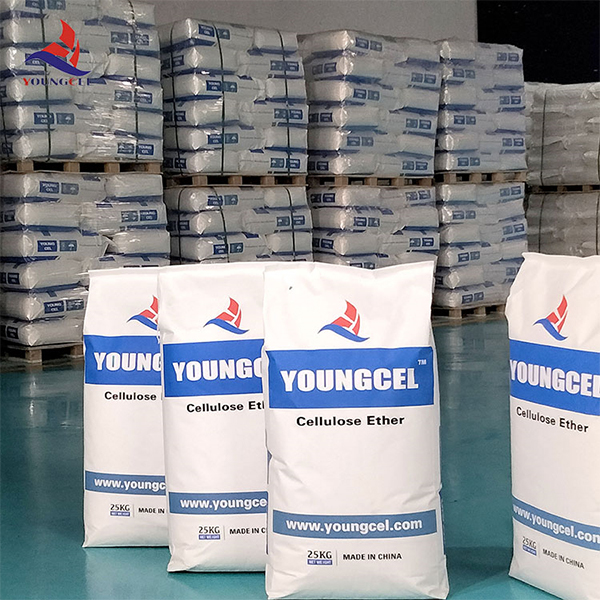Understanding Grade Cellulose A Versatile Biopolymer
Cellulose is a naturally occurring polymer that is abundant in the plant kingdom and serves as a crucial structural component of the cell walls in green plants, algae, and some fungi. Among the various grades of cellulose, grade cellulose refers to purified forms of cellulose that are tailored for specific industrial applications. The unique properties of cellulose make it a highly versatile biopolymer, suitable for a multitude of uses ranging from pharmaceuticals to food products and beyond.
The Structure and Properties of Cellulose
Cellulose is a linear chain of glucose units linked by β-1,4-glycosidic bonds. This structure gives cellulose its exceptional tensile strength and durability, making it ideal for providing structural support in plants. In its native form, cellulose is crystalline and has low solubility in water. However, through various physical and chemical treatments, cellulose can be modified to produce different grades that exhibit diverse functional properties.
The degree of polymerization, crystallinity, and the degree of substitution are key factors that can influence the properties of grade cellulose. For example, cellulosic materials that have undergone hydrolysis will yield lower molecular weight cellulose, which may become more soluble and can be used in applications such as thickeners or texture modifiers.
Applications of Grade Cellulose
1. Pharmaceuticals Grade cellulose serves crucial roles in the pharmaceutical industry, particularly as an excipient in drug formulations. Microcrystalline cellulose (MCC), a commonly used grade cellulose, is valued for its ability to improve the tablet formulation's flow characteristics and compressibility. It acts as a binder and disintegrant, ensuring that the active pharmaceutical ingredients are released effectively in the body.
grade cellulos

2. Food Industry In the food sector, cellulose is utilized as a food additive, often under the designation E460. It serves various functions such as a thickening agent, stabilizer, and emulsifier. The usage of cellulose-based additives can enhance the texture and consistency of food products, such as sauces, dressings, and baked goods, while also improving the fiber content of these products.
3. Textiles and Paper The textile and paper industries extensively utilize grade cellulose due to its fiber characteristics. Cotton, a natural source of cellulose, is employed for textile production, while wood pulp provides a basis for paper manufacturing. Regenerated cellulose, often found in products like rayon and Lyocell, is produced through dissolving and reconstituting cellulose, offering a sustainable and eco-friendly alternative to synthetic fibers.
4. Cosmetics and Personal Care Grade cellulose is also prevalent in cosmetics and personal care products. It acts as a thickening agent and stabilizer, contributing to the desired formulations of creams, lotions, and shampoos. Additionally, cellulose derivatives can provide a pleasing texture while enhancing the product's efficacy.
5. Biodegradable Plastics As the world shifts towards sustainability, grade cellulose has gained attention for its potential use in biodegradable plastics. Innovative research is being conducted to develop cellulose-based materials that can help reduce environmental pollution caused by conventional plastics.
Conclusion
In conclusion, grade cellulose is a vital biopolymer with an expansive range of applications across several industries. Its natural abundance, renewable characteristics, and tunable properties pave the way for sustainable solutions to industrial challenges. As research continues to evolve, the potential uses for grade cellulose are likely to grow, reinforcing its role as an indispensable material in a more sustainable future. With the increasing emphasis on green technology, grade cellulose stands out as an example of how natural resources can be effectively harnessed to meet modern-day needs.






